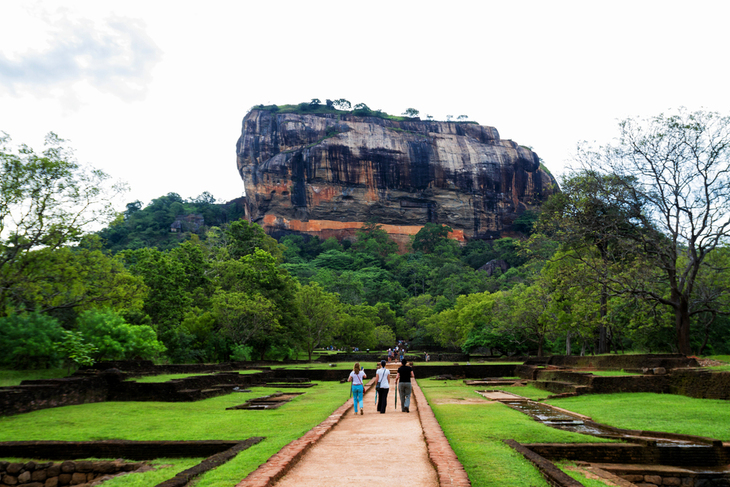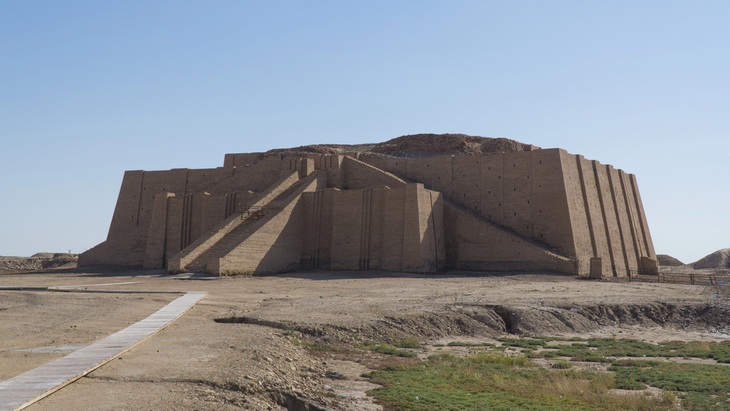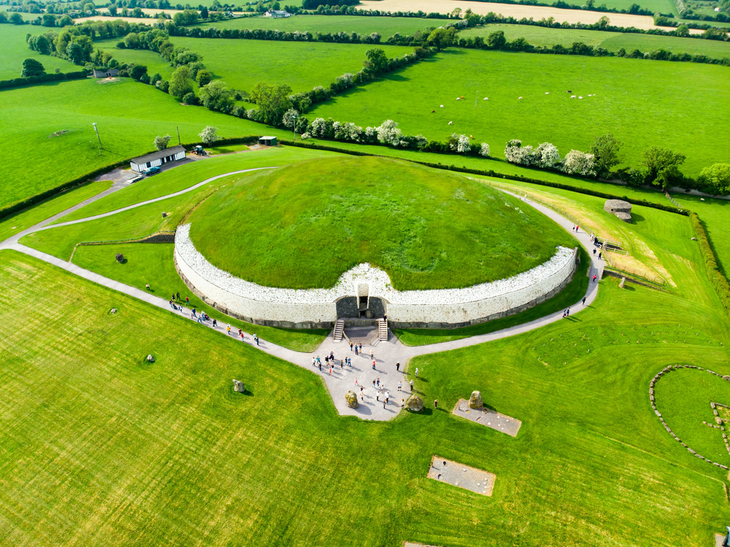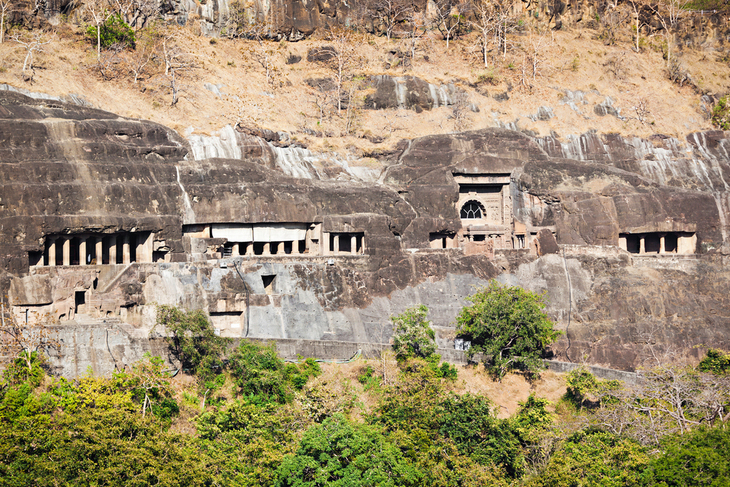
While many of us are familiar with the Seven Wonders of the Ancient World, there's an entire collection of lesser-known marvels that history has quietly tucked away. These incredible feats of architecture and engineering may not always receive the spotlight, but they’re no less impressive.
Related: Ancient Wonders of Archaeology & Architecture – 16 Pics
Hidden in various corners of ancient civilizations, these wonders tell tales of human ingenuity, mystery, and beauty. From forgotten temples to awe-inspiring cities buried beneath sand, these little-known wonders capture the imagination and give us a glimpse into humanity's distant past. Ready for a journey back in time? Let’s take a look at eight ancient wonders you probably didn’t learn about in school.

Göbekli Tepe, located in modern-day Turkey, is often called the world’s first temple. Dating back over 11,000 years, this archaeological wonder predates Stonehenge by 6,000 years and challenges our understanding of early human civilizations.
The site consists of massive stone pillars arranged in circles, adorned with intricate carvings of animals like lions, snakes, and vultures. Göbekli Tepe wasn't just a religious site; it suggests that humans may have gathered for rituals long before the advent of agriculture. Its discovery has reshaped theories on how early humans transitioned from nomadic to settled societies, making it a must-see ancient marvel.


Nan Madol is a series of over 90 small artificial islets, connected by canals, that form a massive, ancient city in the Pacific Ocean. Built between 1200 and 1500 AD, this mysterious site served as the capital of the Saudeleur Dynasty.
Constructed using massive basalt stones, Nan Madol’s architectural achievement is especially astounding given the remote location and lack of modern tools. It’s sometimes called the “Venice of the Pacific” due to its unique layout and water-bound design. The purpose of the city remains a mystery, but its eerie beauty and isolation make it one of history's most enigmatic wonders.

Deep within the Guatemalan jungle lies Tikal, one of the most impressive ancient cities of the Mayan civilization. At its peak between 200 and 900 AD, Tikal was a major political, economic, and military center. The city has massive pyramids, temples, and palaces, some of which tower over 70 meters high.
Tikal's architecture is intricately designed with steep staircases and ceremonial platforms. Despite being abandoned over 1,000 years ago, Tikal’s structures remain well-preserved, allowing visitors to step back into the heart of Mayan culture and civilization. The surrounding jungle only adds to its mystique.

Predating the Egyptian pyramids by over a millennium, the passage tomb of Newgrange in Ireland is a marvel of Neolithic engineering and astronomical alignment. Constructed around 3200 BC, this massive circular mound is adorned with intricate spiral carvings and features a precisely aligned entrance that allows the winter solstice sunrise to illuminate the inner chamber.
Each year, the rising sun illuminates the inner chamber for just a few minutes, revealing the sophisticated understanding of astronomy among its builders. Newgrange is thought to have been a burial site, but its true purpose remains a mystery, leaving visitors fascinated by this ancient enigma.
Related: Welcome to the Ancient and Secret City of Petra...

The Ajanta and Ellora Caves, expertly carved into the rugged cliffs of Maharashtra, stand as powerful symbols of ancient India's unparalleled artistic and architectural achievement. Dating back between the 2nd century BC and the 10th century AD, these rock-cut temples feature elaborate carvings, murals, and sculptures depicting the life of Buddha and Hindu deities.
Ajanta's Buddhist caves are known for their stunning frescoes, while Ellora showcases a mix of Buddhist, Hindu, and Jain temples. The highlight of Ellora is the Kailasa Temple, a massive monolithic structure carved from a single rock. When visiting these caves, one is transported into an ancient world in which art and spirituality are seamlessly merged.

Situated in the heart of Lebanon's Bekaa Valley, the ancient site of Baalbek is famed for its spectacular Roman ruins and rich historical significance. This ancient city was originally a Phoenician site before becoming a major Roman religious center, primarily dedicated to Bacchus, the god of wine.
This colossal temple complex, dating back to the 1st century BC, features some of the largest and most well-preserved stone blocks ever used in construction. The sheer scale and precision of the Baalbek ruins, including the towering Temple of Jupiter and the intricate Temple of Bacchus, are truly awe-inspiring.
Scholars are puzzled by how the Romans transported and arranged massive stone monoliths, each weighing hundreds of tons.